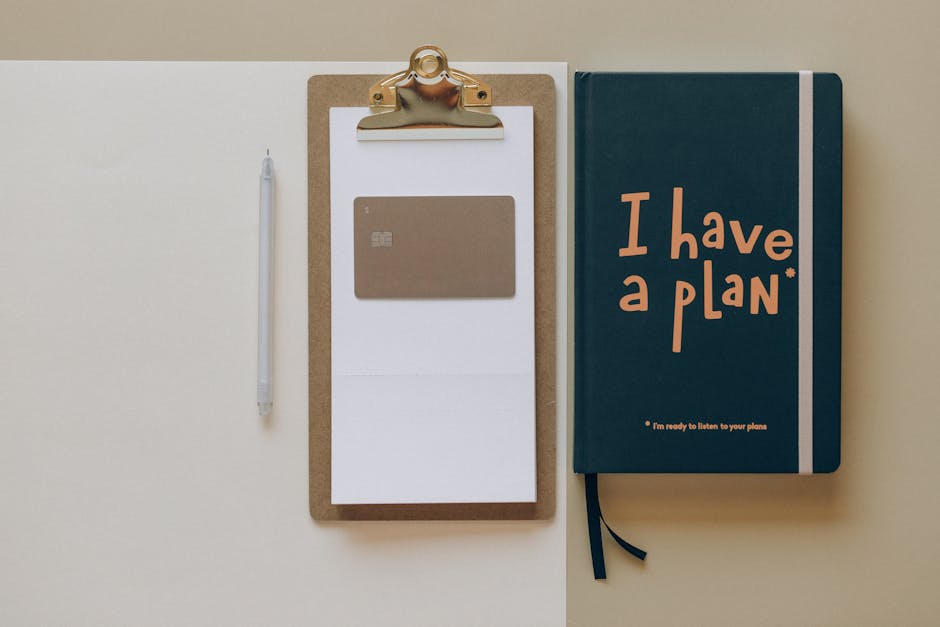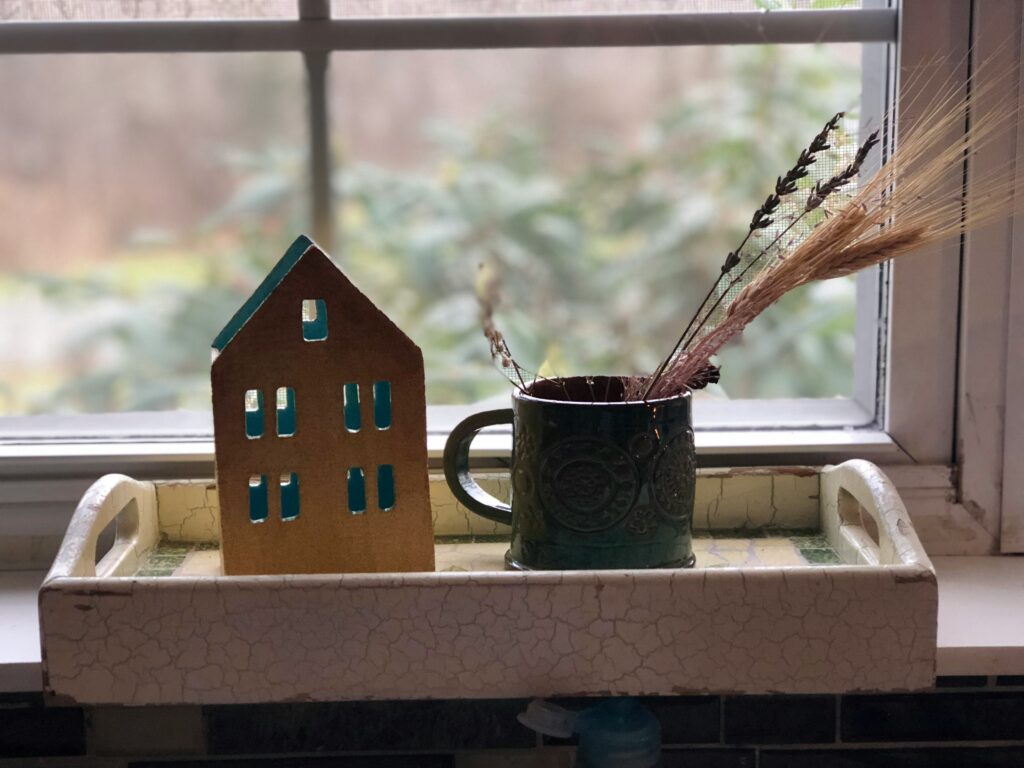Planning Your Garden Design
Before you start digging, it’s important to have a plan in place. Think about how you want to use your garden do you want a space for relaxing, or maybe a place to grow your own fruits and vegetables? Consider the size and shape of your garden, as well as any existing elements that you want to keep, like trees or shrubs.
How to Design a Garden Layout
Once you have a clear idea of what you want your garden to look like, it’s time to think about the layout. Consider the different zones you want in your garden, such as a seating area, a flower bed, or a vegetable patch. Try to create paths that connect these areas and make it easy to move around the garden.
Choosing the Right Plants
When it comes to choosing plants for your garden, think about what will thrive in your climate and soil type. Consider the amount of sunlight your garden gets each day and choose plants that will flourish in those conditions. Mix different types of plants to create interest and texture in your garden.
Adding Elements to Your Garden
In addition to plants, consider adding other elements to your garden to enhance its beauty and functionality. This could include a water feature, like a fountain or pond, or a seating area where you can relax and enjoy your garden. Don’t forget about lighting adding outdoor lights can help you enjoy your garden even after the sun goes down.
Maintaining Your Garden Design
Once you have your garden designed and planted, it’s important to maintain it to keep it looking its best. Regularly water and fertilize your plants, and prune them as needed to keep them healthy. Keep an eye out for pests and diseases, and address them quickly to prevent them from spreading.
In conclusion, designing a garden is a rewarding endeavor that allows you to create a beautiful outdoor space that you can enjoy for years to come. By following these tips, you can create a garden that is both functional and beautiful, and that reflects your own personal style and taste. Happy gardening!



